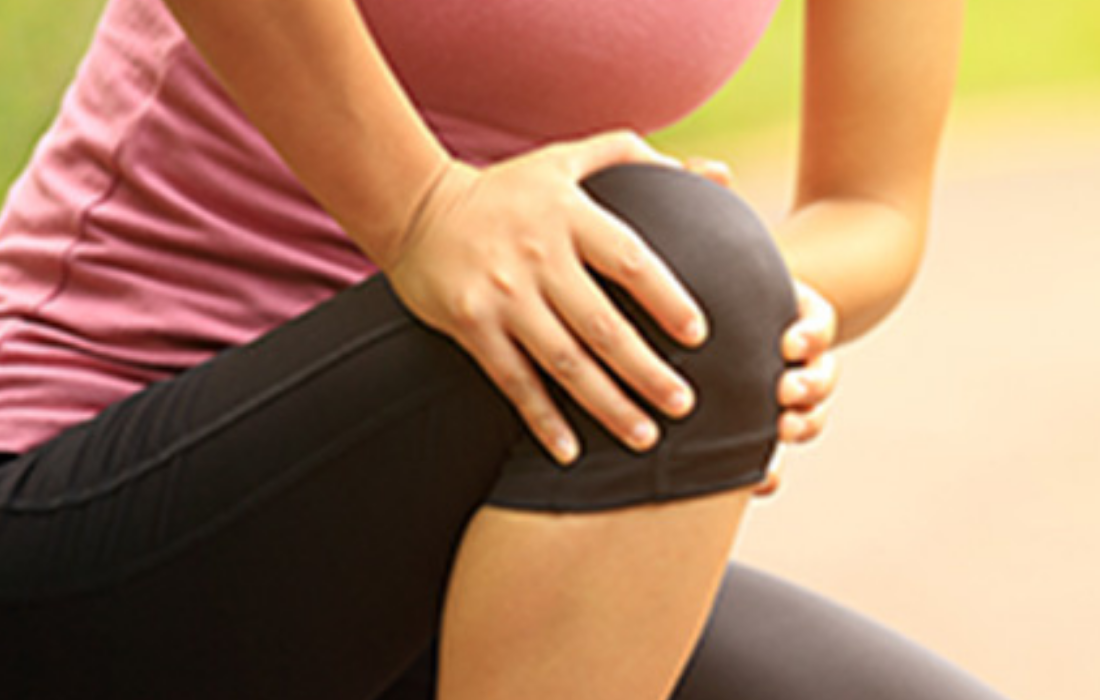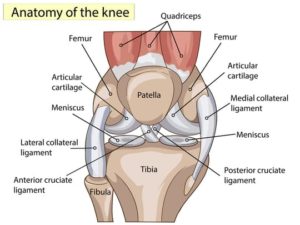ACL Injuries

The anterior cruciate ligament (ACL) is the most commonly injured ligament of the knee. Though the incidence of ACL injury in the general population is 1:3,500, it is much higher among the athletic population (1:300). Approximately 200,000 ACL injuries occur each year, costing nearly a billion dollars in healthcare costs annually. Most injuries occur among patients ages 15 to 45, since this age group is most often involved in sporting activity.
The majority of ACL injuries (70 percent) occur while playing sports. Approximately 70 percent occur through a non-contact mechanism. ACLs are frequently injured during deceleration, twisting, pivoting, change of direction, jumping or cutting activities.
ACL Injuries in Women
Though the number of ACL injuries is highest in men, due to the greater numbers who are involved in sports, women incur a higher relative risk of ACL injury. Females are three to five times more likely to suffer an ACL injury than males.
When comparing similar sports, such as soccer and basketball, women have more than two to three times the number of ACL injuries when compared with men. An NCAA surveillance study noted that although football accounted for 53 percent of all ACL injuries, women’s gymnastics has the highest rate of injury (.33/1000 exposures) in college athletics.
Numerous factors may influence the increased rate of injury among females and some of those factors include wider hips, increased knee valgus (knock knees), increased foot pronation, increased joint laxity, decreased muscular development, decreased neuromuscular control, ACL size and hormones. Injury prevention programs aim to correct these dynamic imbalances that may lead to an ACL tear.
Other Knee Ligaments
The ACL works in concert with three other knee ligaments to provide stability to the knee during activities.
 They are:
They are:
- Posterior Cruciate Ligament (PCL): The PCL is a companion to the ACL and attaches behind it. Unlike ACL tears, PCL tears are usually a contact injury. If only the PCL is injured, it is often can be treated non-operatively. Otherwise, it is often repaired or reconstructed at the same time as other ligaments.
- Lateral Collateral Ligament (LCL): The LCL can be found on the outside of the knee, and it connects the fibula to the femur. LCL injuries are common, often occurring at the same time as other knee ligament injuries. Patients may notice instability during side-to-side movement if they have an LCL tear. An undiagnosed LCL tear can be the reason an ACL reconstruction fails.
- Medial Collateral Ligament (MCL): The MCL lives on the inside of the knee (the side closest to the other knee). MCL injuries are fairly common compared to LCL and PCL injuries, and they are usually caused by a direct blow to the knee. Though painful, MCL injuries can often heal on their own in a few weeks. A knee brace and range-of-motion exercises such as biking are standard treatments.
Options for ACL Care
Those who have suffered a tear of their ACL should be evaluated by a board certified orthopaedic surgeon and discuss what option of care is best. Surgery is often recommended for those who hope to remain active in sports or have a secondary injury to other structures of the knee. A small subset of patients may be treated conservatively.
Athletes who are younger and have open growth plates should consider growth plate-sparing surgery with a trained orthopaedic surgeon. At UOA, we commonly perform ACL reconstructions that minimize the risk to the growth plate.
Surgical options to reconstruct the ACL ligament include the use of your own tissue (autograft) or donor tissue (allograft). The most popular tissues used to reconstruct the ligament include the patellar tendon, hamstring tendons or quadriceps tendon. All autograft tissues have similar strength and outcomes. Your physician will discuss the various options, risks and benefits of each graft choice, and help you to decide which direction is best for you.
Although ACL reconstruction is a safe and effective procedure, a re-tear of the same or other side ACL can occur roughly 10-15% of the time. Additionally, many patients can experience a fear of re-injury, with full return to sporting activity quoted between 50 to 85 percent.
For females who have suffered an ACL injury and undergone an ACL reconstruction, the risk of re-injury or contralateral knee injury is 15 times greater in the first year after ACL surgery.
Preventing ACL Injury
A number of studies have shown that the rate of ACL injury can be decreased significantly by undergoing a well-supervised ACL prevention program. A supervised program should focus on strength, flexibility, proprioception (balance), drills to enhance neuromuscular control of the trunk, hips, knees and ankles as well as improving landing mechanics and cutting strategies.
Involvement in an ACL injury prevention program is recommended for any athlete involved in start/stop sports, cutting or jumping, and those who have undergone ACL reconstruction within the past two years.
Why Choose a UOA Physician for Your ACL Surgery?
UOA physicians are all fellowship-trained and highly skilled orthopaedic surgeons who have cumulatively performed thousands of ACL reconstructions. Our outcomes rank among the top in the country. Many patients choose UOA for revisions of their ACL reconstructions that have failed from surgery at other centers.
As clinical professors in the Department of Orthopaedic Surgery at Rutgers Robert Wood Johnson Medical School, we are involved with training future orthopaedic surgeons, high level knee research and are constantly driving cutting-edge ACL care. We are physicians who care for Division 1 athletes from Rutgers, Princeton and Rider universities, as well as the US Olympic Ski and Snowboard teams. We fully appreciate the high demands of sports and the desires of elite-level athletes who wish to return to their sport.
At UOA, we offer coordinated physical therapy, sports performance and a continuum of care that is second to none. Perhaps, most importantly, our orthopaedic surgeons are always accessible and truly care about the well-being and success of our patients.
UOA Sports Performance and Wellness offers an ACL prevention program for all athletes. For more information or to sign up, please click here.

